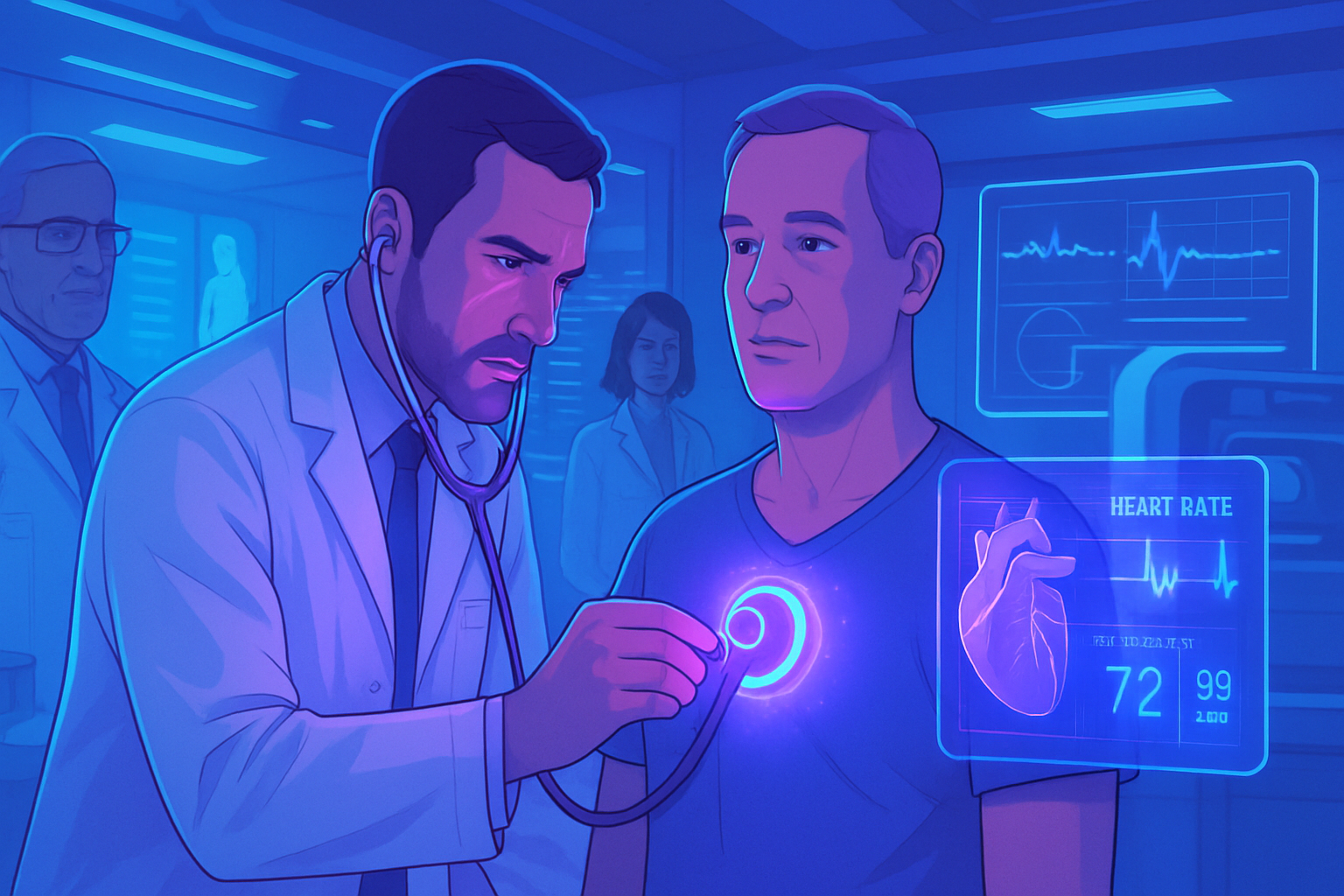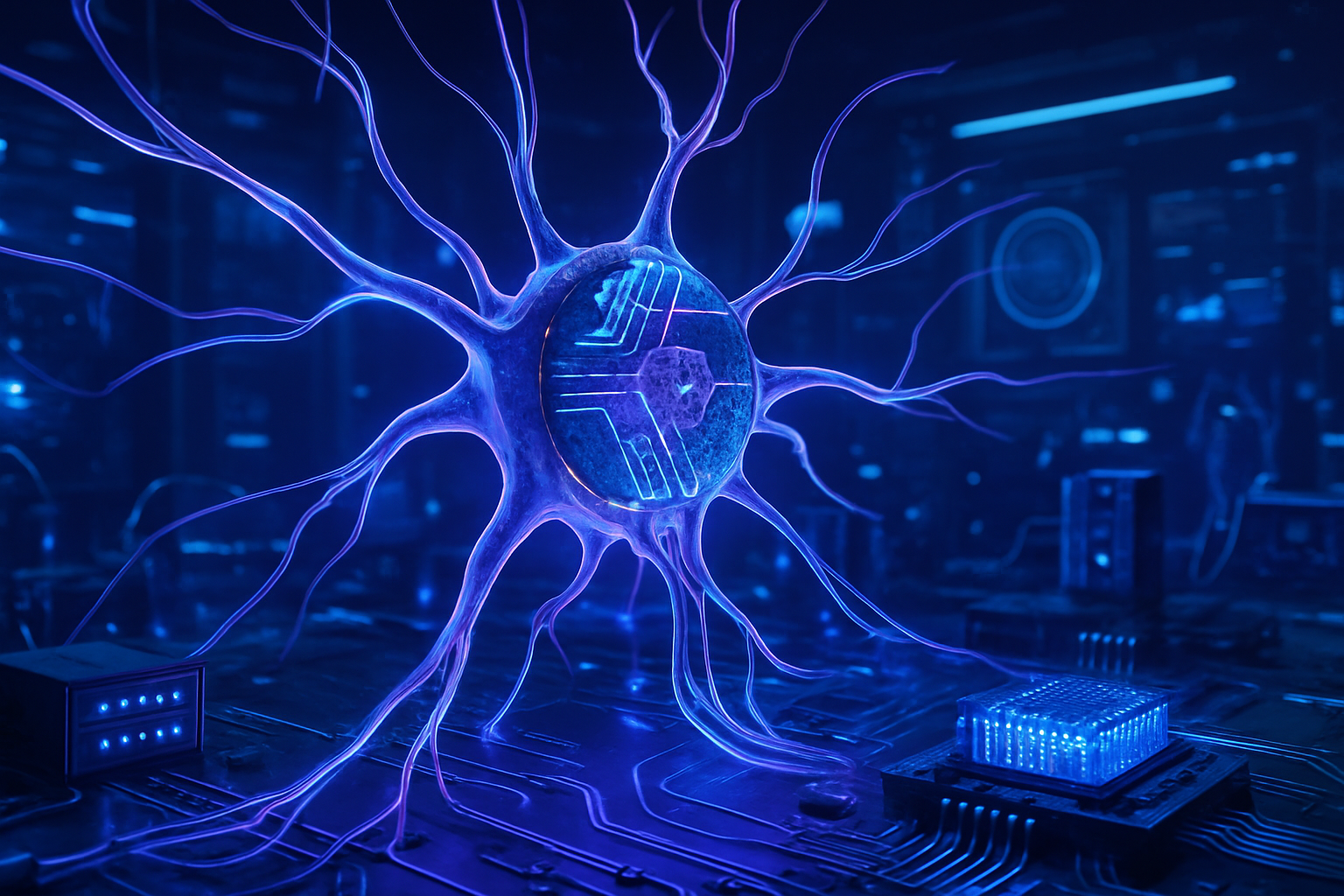Machine learning is revolutionizing the field of material property prediction, even in the presence of limited data. Anticipating characteristics such as mechanical properties, band gaps, and formation energies remains a major challenge. The urgent need to optimize the search for new materials becomes imperative for constantly evolving technological sectors.
The ability to leverage restricted datasets allows for accelerating the development of innovative materials. Using methods such as transfer learning provides researchers with powerful tools to predict specific properties accurately. This advancement paves the way for groundbreaking discoveries, essential in the quest for materials suited to contemporary challenges.
Anticipating Material Properties through Machine Learning
Researchers from the Indian Institute of Science (IISc), in collaboration with University College London, have designed methods based on machine learning to predict material properties, even in the presence of limited data. This advancement could transform the discovery of materials with desirable characteristics, particularly in the semiconductor sector.
Challenges in Characterizing Materials
In recent years, materials engineers have turned to machine learning models to assess material properties such as electronic band gaps, formation energies, and mechanical properties. The need for data on material properties poses significant challenges. Indeed, the collection of such data remains costly and time-consuming.
Transfer Learning Approach
Recent work led by Sai Gautam Gopalakrishnan highlights the effective use of a transfer learning method. This strategy allows leveraging a pre-trained model from a large dataset before fine-tuning it on a more limited dataset. Gopalakrishnan illustrates this process with an example: “The model first learns to classify images, then adapts to a specific task.” This flexibility is essential for adapting complex models to specific domains.
How Machine Learning Models Work
Machine learning uses models to process inputs, such as images, while generating specific outputs. The initial layers of a model absorb raw content, while subsequent layers extract features, such as edges and shapes. The final layers combine these features to classify high-level elements, such as silhouettes.
Applications of Graph Neural Networks
The development of suitable architectures, such as Graph Neural Networks (GNN), is a significant asset. These networks process structured data in the form of graphs, as well as the crystalline structure of any material. In this context, each layer represents nodes corresponding to atoms, while the connections are interpreted as bonds between these atoms. The research team has thus created a GNN-based model to make predictions.
Model Architecture Optimization
The design of the GNN architecture, incorporating the number of layers and their interconnections, significantly influences the model’s ability to comprehend complex features. After determining the optimal architecture, researchers pre-trained the model, adjusting certain layers while freezing others. This method alleviates difficulties during subsequent training.
Predictions of Specific Material Properties
The pre-trained model subsequently received input data, such as the dielectric constant and formation energy, to predict specific values, such as the piezoelectric coefficient of a material. The results revealed that the transfer learning-based model significantly outperformed conventionally trained models.
Multi-property Pre-Training (MPT) Model
The research also implemented a framework called Multi-property Pre-Training (MPT), allowing simultaneous pre-training on seven different material properties in three dimensions. Impressively, this model was also able to predict band gap values for two-dimensional materials, without prior training on them.
Future Applications and Implications
The model is now being used to anticipate the ion mobility within battery electrodes, which could lead to the creation of improved energy storage devices. Gopalakrishnan also highlights that this model can play a role in refining semiconductor manufacturing by predicting their propensity to form point defects.
More information: Reshma Devi et al, Optimal pre-train/fine-tune strategies for accurate material property predictions, npj Computational Materials (2024). DOI: 10.1038/s41524-024-01486-1
Citation: Efficient machine learning: Predicting material properties with limited data (2024, December 30) retrieved 31 December 2024 from TechXplore.
This article is copyrighted. Any reproduction is prohibited without written permission. This content is provided for informational purposes only.
Frequently Asked Questions
What is machine learning applied to material property prediction?
Machine learning is a technique that uses algorithms to analyze data, thereby enabling the prediction of material properties based on existing datasets, even if limited.
Why is it difficult to predict material properties with little data?
The prediction of material properties typically requires large datasets, as each material has unique characteristics, and reduced datasets can lead to biases or prediction errors.
How does transfer learning work in the context of predicting material properties?
Transfer learning involves pre-training a model on a large dataset and then adapting it to a smaller dataset, allowing the model to leverage knowledge gained during the initial training.
What are the most commonly used model architectures for anticipating material properties?
Graph neural networks (GNN) are frequently used as they can model data in the form of graphs, such as the crystalline structures of materials, and capture complex relationships between atoms.
How can the accuracy of machine learning models be improved with little data?
The model structure can be optimized and techniques like pre-training on similar tasks can be used to better generalize, while combining different material properties during training.
What is the role of multi-dimensional properties in material prediction?
Multi-dimensional properties allow capturing complex interactions between material characteristics, thus improving the predictive capacity of machine learning models.
How do researchers ensure their model effectively adapts to targeted data?
Researchers adjust model parameters and perform cross-validation to assess the model’s performance with task-specific data, ensuring optimal adaptation.
What types of materials can be predicted with these methods?
Machine learning methods can be applied to various materials, including semiconductors, composite materials, and other materials with specific properties, depending on the available data.
How does the development of these models contribute to innovation in the materials sector?
These models enable the discovery and design of new materials more quickly and at lower costs, thereby stimulating innovation in fields such as electronics, energy, and nanotechnology.






